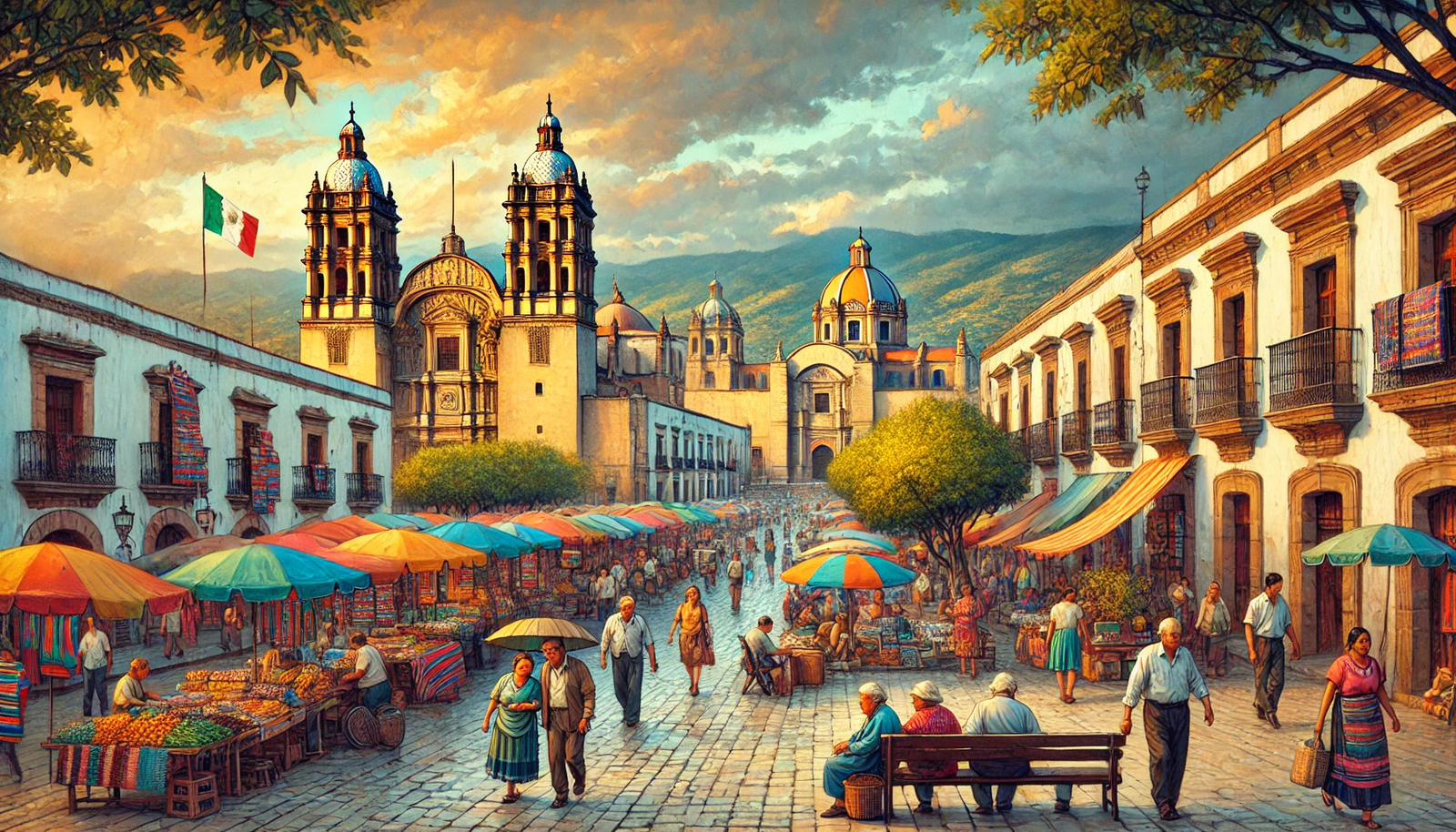Exploring the Everyday Beauty of Local Life, Culture, and Discovery
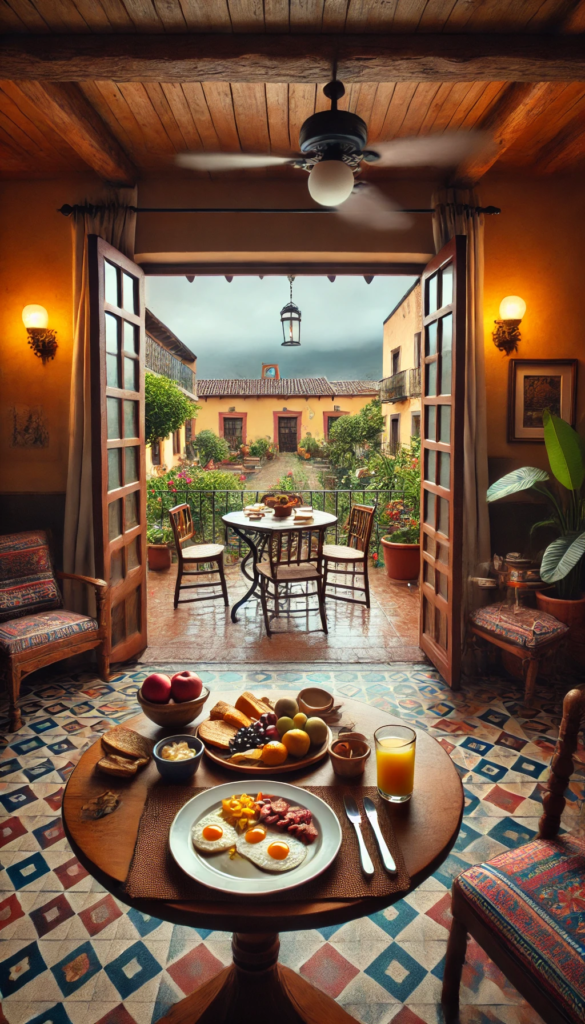
The next day, I woke up just as excited as the day before, eager to immerse myself in the rhythm of Oaxaca. The sky outside my window hinted at the rain, with clouds gathering ominously on the horizon. My phone confirmed it—rain was expected to start around 1 p.m. With that in mind, I planned to make the most of the morning. I got up at 7:00 a.m., took a quick shower, dressed, and headed to the small dining room in the hotel for breakfast. Like the previous day, I grabbed a plate of familiar comforts, this time adding an apple and a banana for the road.
Back in my room, I laid out my plan for the day. I opened Google Maps, scanning the nearby area for places to explore. What intrigued me most wasn’t the tourist attractions but the day-to-day life of the locals. I wanted to see how they lived—their homes, their work, and their interactions. The thought of people-watching in the park again felt right. The park had been a small yet fascinating microcosm of life in Oaxaca. It promised familiarity, yet discoveries awaited.
At the park, I immediately recognized some familiar faces from the day before. Grandparents sat with their grandchildren, likely babysitting while the parents worked. Their interactions were tender, filled with laughter and quiet moments of bonding. It struck me how universal this scene was, a quiet reminder that love and family transcend borders. At the corner near the medical center, I noticed the same line from yesterday. It appeared this was a daily occurrence, a steady rhythm in the lives of the locals.
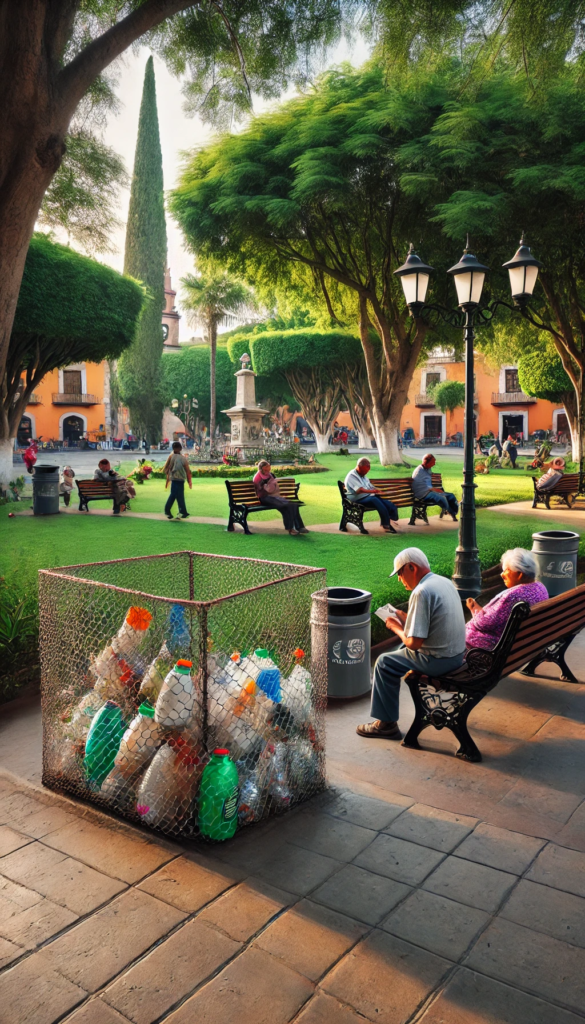
What stood out to me again was how impeccably clean the streets were. On one corner stood a tall, circular container made of chicken wire, brimming with plastic bottles and milk jugs. It was a clever, no-frills solution to recycling. The streets were also dotted with metal trash baskets affixed to poles around the park. Every so often, someone would pause to toss something away. These small, everyday acts of care for their surroundings impressed me. Even here, I saw a man rummaging through the trash, a sight familiar to many urban areas. Survival knows no borders either.
Across the street, a small bodega caught my eye. I stepped inside and bought a bag of potato chips and a soda, spending less than two dollars. It was a simple transaction but reminded me how much cheaper daily expenses were compared to the States. Outside the bodega, a couple of police officers stood guard near the medical center, their presence a quiet assurance of order. I finished my snack, discarded the wrappers, and set off on foot to explore more of the area.
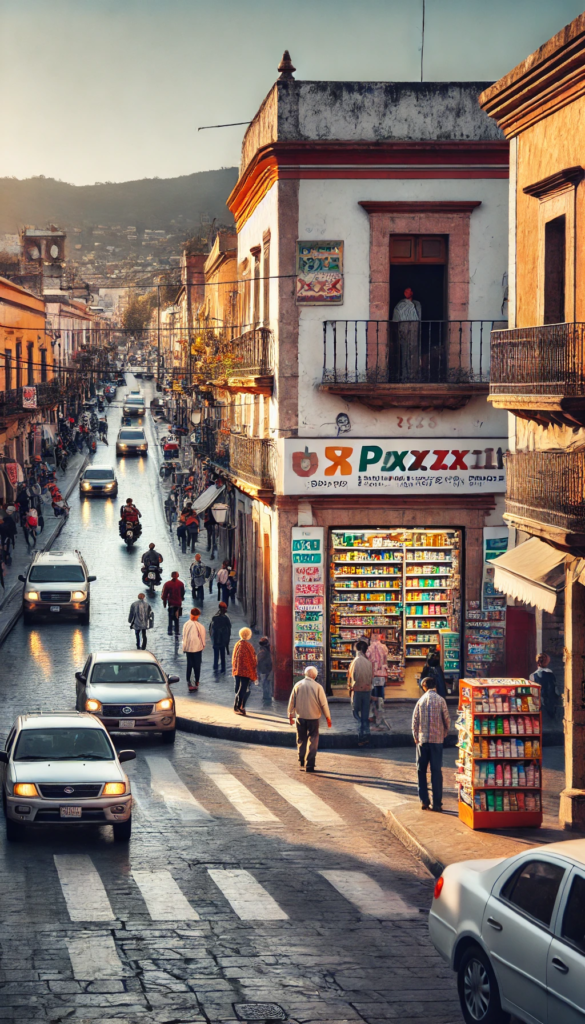
The streets revealed a culinary abundance. Restaurants lined the sidewalks, offering everything from tacos and burritos to more traditional Mexican dishes. My newfound favorite salad spot beckoned to me, but I decided to save that for later. Instead, I noticed a major street about two blocks away on Google Maps and decided to head in that direction. When I arrived, it was as if I had stepped from a quiet alley into a bustling highway. The four-lane street teemed with life, with people moving purposefully in every direction. Pharmacies dotted nearly every corner, a feature I had first noticed in León and now saw here as well.
I was on the hunt for personal hygiene items and initially looked for a Walgreens or CVS. It quickly became apparent that pharmacies here functioned as small convenience stores, carrying everything from soap and toothpaste to hair products and razor blades. It felt like discovering mini-CVS stores scattered throughout the city, each offering just enough of what you might need.

As I continued walking, another park appeared. This one was larger than the one by my hotel and brimming with activity. Vendors lined the pathways, selling their goods, while children zipped around in battery-powered cars. The sight of those tiny cars was both amusing and impressive; they didn’t look cheap. Surrounding the park were stores catering more to locals than tourists. The area felt authentic, a place where people came to shop, eat, and socialize.
Among the crowd, I noticed a woman who looked American. Curious, I introduced myself, and she confirmed she was indeed from the States. Our conversation revealed that she had relocated to Oaxaca about a month ago. She encouraged me to take a Spanish class, mentioning that schools offering lessons were scattered throughout the city. She was on her way to one and invited me to tag along. Intrigued, I followed her to the school, where she introduced me to a tutor. The interaction planted a seed—the idea of learning Spanish felt like a gateway to deeper connections here.

Leaving the school, I spotted a massive wall across the street, stretching over what seemed like two square blocks. Intrigued, I decided to investigate. As I followed the wall, I noticed a vendor’s stall up ahead, illuminated by a cascade of canopy lights leading into a dark corridor. I ventured inside, greeted by warm “Buenos Tardes” and friendly smiles. Vendors beckoned me to explore their wares—clothing, jewelry, handcrafted art, and fresh fruit. The walkway was packed with stalls on both sides, their vibrant displays a feast for the eyes. One side showcased native handmade crafts, their patterns, and colors reflecting Oaxaca’s deep connection to nature and tradition.
The corridor seemed endless, and as someone with a slight aversion to dark, enclosed spaces, I started to feel uneasy. Just as I was about to turn back, a sliver of sunlight appeared ahead. It was enough to spur me forward. Emerging from the darkness, I found myself in a wide-open space. Before me stood the “Catedral Metropolitana de Nuestra Señora de la Asunción.” Its grandeur was breathtaking. I stood in awe, taking in the intricate details of its facade and the peaceful energy of the surrounding square.
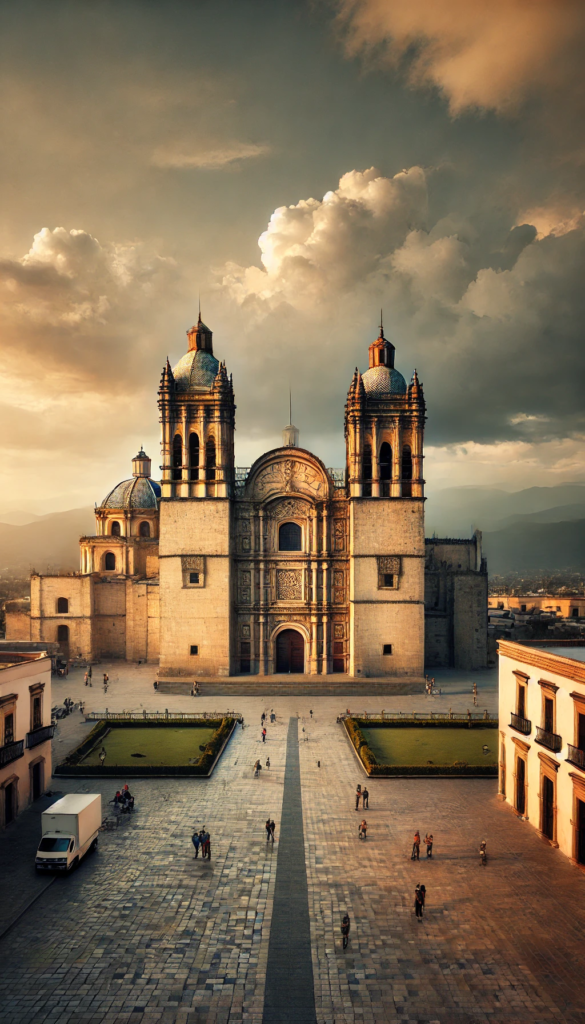
For the first time since arriving in Mexico, I felt an overwhelming sense of calm. This wasn’t the kind of calm born from quiet solitude but a deep, soulful tranquility. No one here seemed to look at me as an outsider. Instead, I felt like I belonged—perhaps even more than I ever had in the States. I began taking pictures, wanting to capture not just the architecture but the essence of this place. The cathedral’s presence, the way the sunlight played off its walls, and the life bustling around it all seemed to hold a story.
As I gazed up, the sky grew darker. The rain clouds were rolling in, and I knew it was time to head back to the hotel. True to form, I chose not to retrace my steps but to navigate a new path. Along the way, I stumbled upon hidden nooks and inviting alleyways, each offering its charm and mystery. I made mental notes of landmarks, ensuring I could find my way back to these spots in the future.
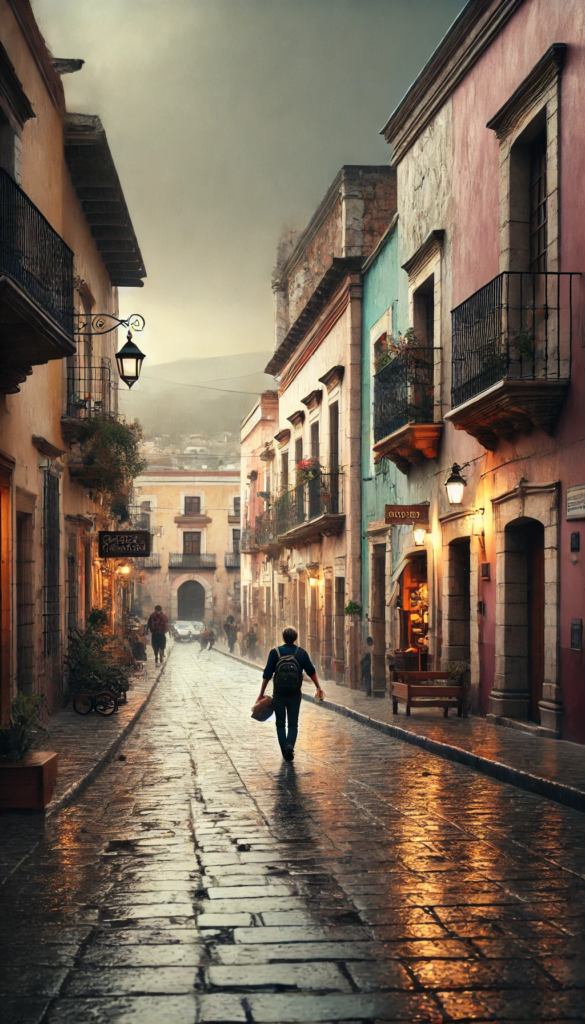
The rain began as a drizzle, quickly escalating to a downpour as I neared the hotel. I stopped briefly to grab another soda and a bag of chips before the skies truly opened up. Once back in my room, I settled at the desk, transferring the day’s photos from my camera to my laptop. As the rain drummed against the windows, I sat back and reviewed the images, each one a reminder of the day’s adventures.
For the first time, it hit me—I was living my dream. This wasn’t just a trip; it was a step toward a new way of life. The vibrancy of Oaxaca, its people, and its culture had planted something within me. I knew then that this journey wasn’t temporary. Travel wasn’t just an escape; it was becoming my way of being. The excitement for tomorrow swelled within me. This was just the beginning.
Quick Pics and GALLERY
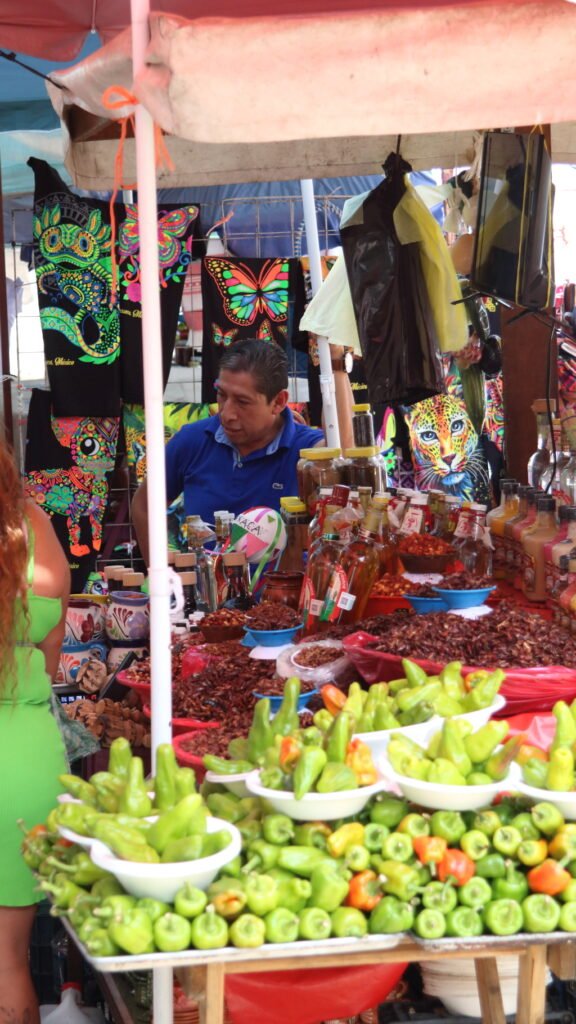
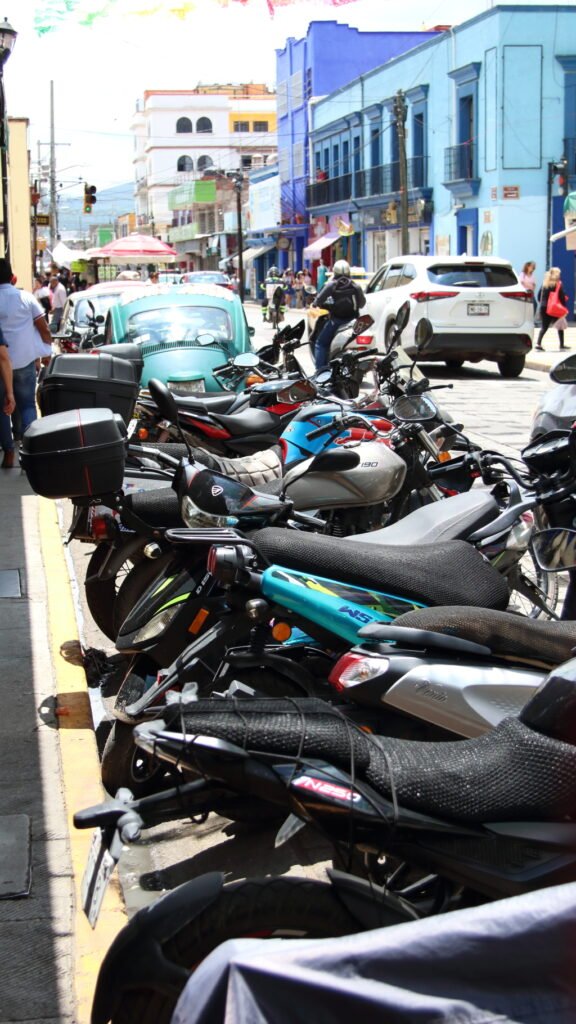
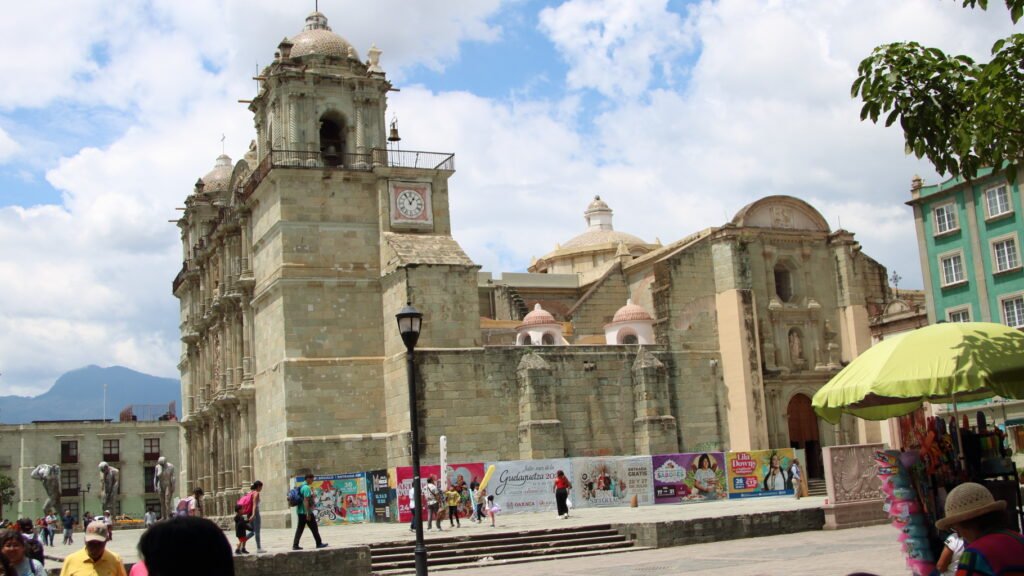
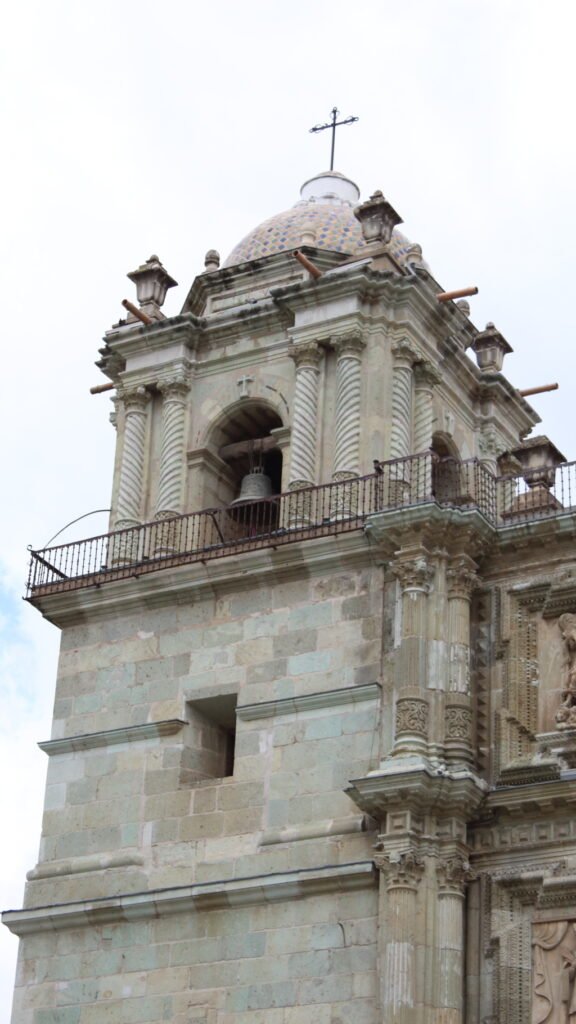
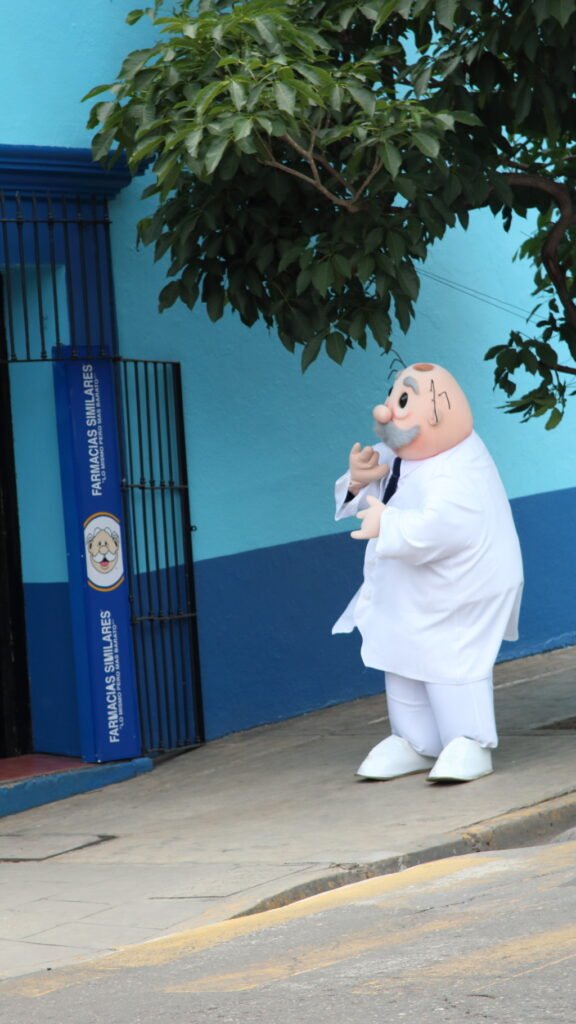
365 GEAR UP


